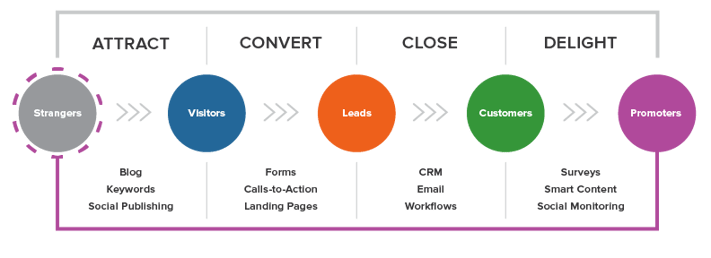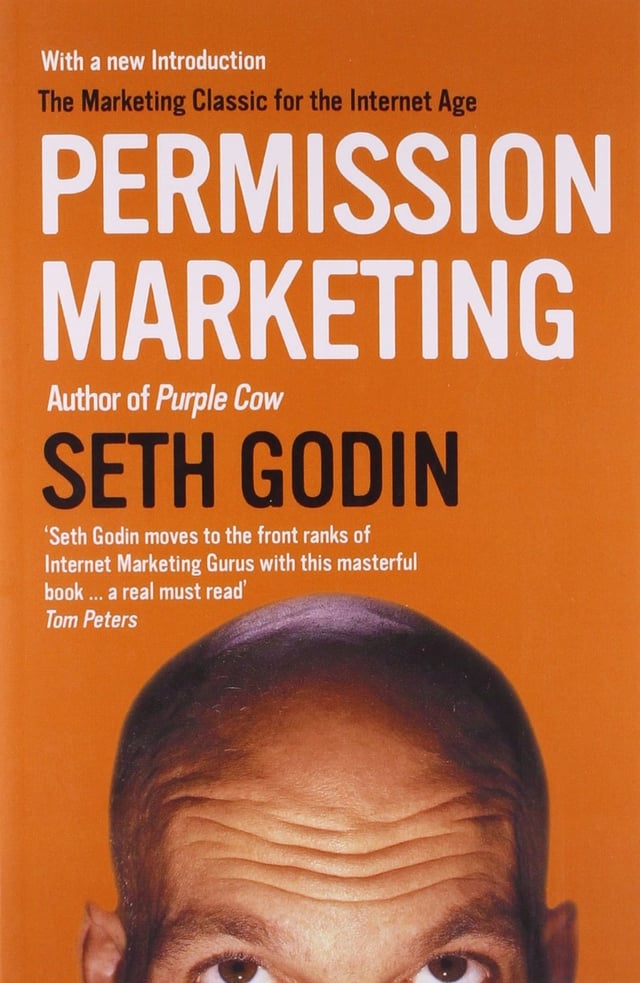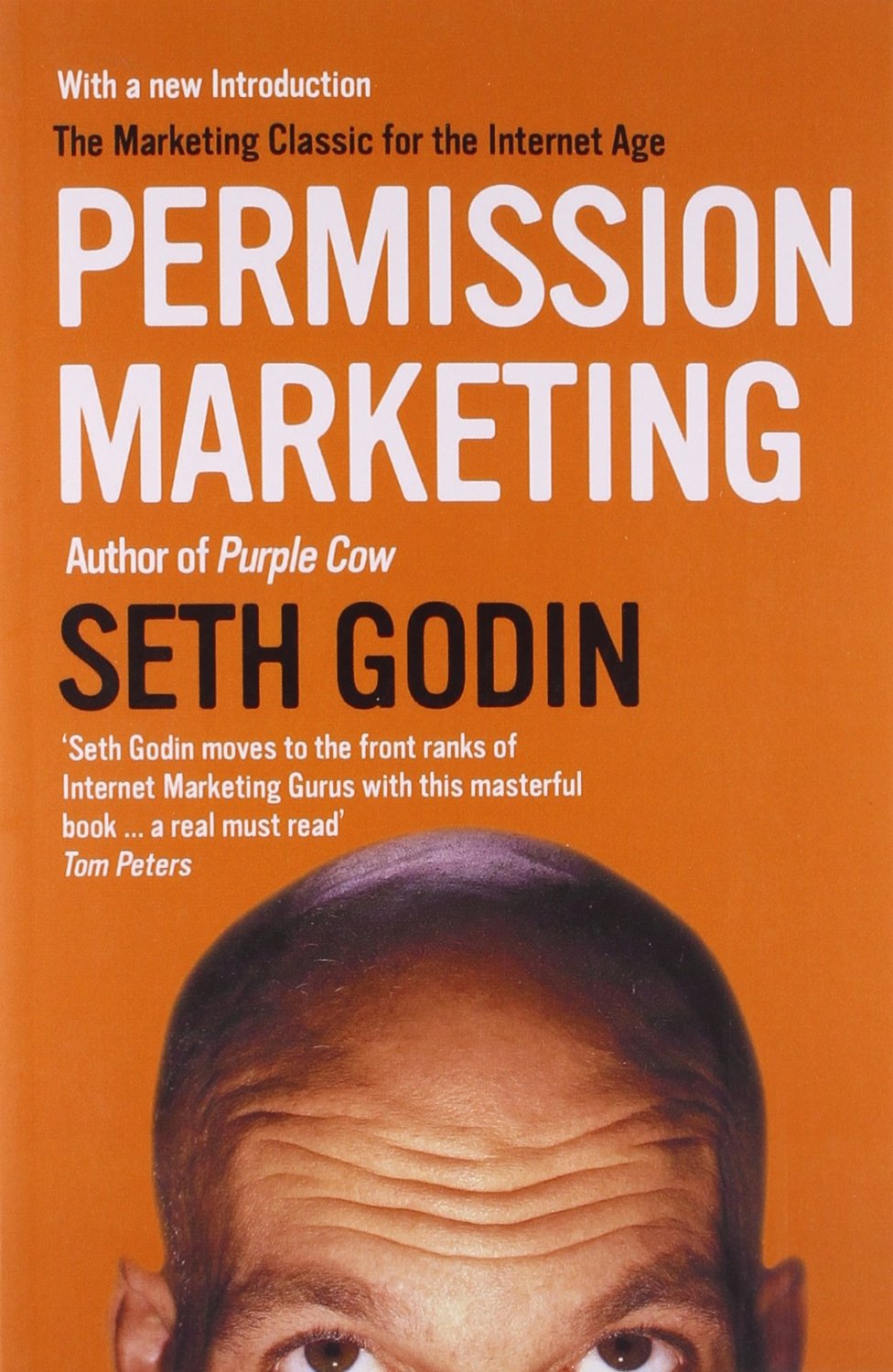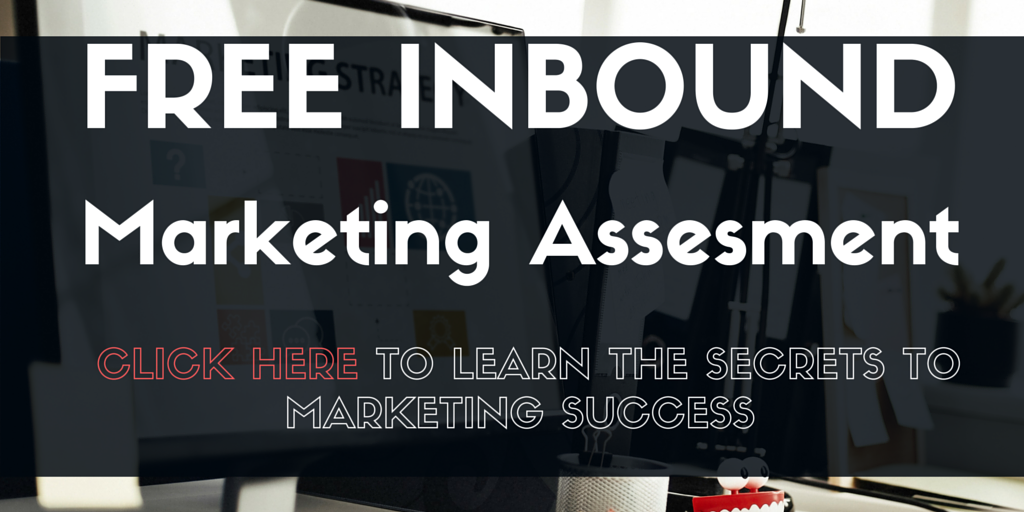If you are trying to market your business, you want to be as effective as possible. As technology becomes more and more intricate, marketing campaigns need to be more and more seamless. So, how exactly can you generate more leads and deliver a clear message to your consumers across a myriad of touchpoints? The answer is inbound marketing.
The Methodology

The inbound marketing methodology is attract, convert, close, and delight. You start the process with strangers who you attract to your website through keywords and social media. Once they've come to your site, you convert them into leads through the use of forms, landing pages, and calls-to-action. After you have generated the leads, you close new customers through CRM, email, and workflows. You then delight your new customers, transforming them into promoters for your brand. This is accomplished through surveys, social monitoring, and smart content.
The Differences Between Inbound and Outbound Marketing:
Before we go any further, lets answer some important questions- what exactly is inbound marketing? Why is inbound marketing so much more effective for your business when compared to outbound marketing?
Inbound marketing is a multi-dimensional approach to generating new clients and increasing client retention rates. This approach to marketing finds a way to align the interests a customer's interests with the content published by your brand. The end result of a successful leaves your audience feeling engaged, which creates a positive experience between your brand and your client base.
Outbound marketing is one-dimensional, outdated, and less effective. This type of marketing includes radio ads, television commercials, newspaper and magazine listings, as well as direct-mail. This style of marketing interrupts consumers, rather than engaging them.
Hubspot- We love them (Not just because we are Certified Partners)

Back in 2004, a group of MIT graduate students were working with a handful of start-ups, helping them create effective marketing campaigns. What they discovered was that consumers were becoming increasingly irritated with outbound marketing methods. The cold-calls, the television advertisements, the pushy sales people, none of it was working any more.
This realization is what led to the birth of inbound marketing- a way of communicating with a brand's audience in a more personal and empathetic way. Today, Hubspot is the number one inbound marketing platform in the world, working diligently to help brand's create inbound marketing campaigns that attract visitors, convert leads, and close customers.
Wordpress, Yoast, Divi- The Power of Website Optimization
Wordpress, Yoast, and Divi are three examples of website optimization tools. These tools are designed to increase the speed of your website, boost conversion rates, improve search engine rankings, increase a brand's credibility, and drive the right traffic to your website.

Wordpress is a content management service (CMS) that allows you to create an SEO friendly website or blog with minimal effort. Divi is a site builder that works with Wordpress to help you create a stunning website, with absolutely no need for intricate coding.
![]()
Yoast is a website optimization service that creates plugins for Wordpress that allow you to make your website more user-friendly and easier to navigate. The company also offers a website review service that assesses your site and instructs you on how you could get your brand's message across in a more effective way.
Marketo, Pardot, and Sharpspring- Can Marketing Automation Really Help Your Business?
Marketo, Pardot and Sharpspring are three companies that provide marketing automation services that help you find and engage the right audience for your brand. By targeting the best prospects, you can increase revenue and foster long-term relationships with your clients.
Marketing automation services can absolutely help your business. These services allow you to customize your marketing strategies to fit the needs of your target consumer. By tailoring your marketing campaign to the needs of a particular niche market, you can engage more users, convert more leads, and generate more revenue.
Why is Permission Based Marketing Overtaking Interruption Based Marketing?

Your watching your favorite show and things start to really get exciting when all of a sudden you are hit with a commercial break and your heart drops to the floor. You immediately tune out, anxiously waiting for your show to resume. You have just become a victim of interruption-based marketing.
Television commercials, billboard advertisements, newspaper ads and cold-calls are all examples of interruption-based marketing. No one likes to be interrupted, so why would brands choose this style of advertising to market their brands?
Inbound marketing, by contrast, is permission based marketing. This style of marketing allows the audience to opt-in, putting the consumer in control. By doing this, you are creating a positive relationship with your consumer, which helps build trust between your brand and your audience. This could be exactly way permission based marketing has a 750% higher conversion rate when compared to interruption based marketing.
Inbound: A Holistic Approach to Marketing
Outbound marketing can be viewed as a linear approach to marketing. It targets users in one, straight-forward way. This makes outbound marketing unadaptable in a time when consumers are interacting with media across multiple touchpoints. While linear marketing may seem more affordable at first glance, it will end up costing a business more in the long run through lost revenue. When a new or returning customer no longer feels like a product is meeting their needs, they will move on to a business who's message is more align with the individual's needs.
Inbound marketing, on the other hand, is complex and all encompassing. This type of marketing can be viewed as a more holistic approach because it involves a collaborative, innovative, and autonomous way of reaching a brand's target audience. By designing a campaign that is branded across a myriad of touchpoints, you increase your brand's potential to reach a larger number of niche markets.
Why You Should View an Inbound Marketing Campaign as a Long Term Investment
Outbound marketing is a short term investment. You are merely leasing space for a finite period of time. Once your budget has run out, your outbound marketing campaign comes to an end. Inbound marketing, by contrast, should be viewed more like a long term asset.
Let's assume that you have $5,000 to invest in your marketing campaign. If you go the route of an outbound marketing campaign, and invest the money into Google AdWords, you will basically be paying for clicks that may or may not convert into business. Once your $5,000 of clicks is depleted, your campaign stops.
Now, if you used that $5,000 to generate engaging, SEO friendly content, you will be investing that money in a marketing campaign that will live on for years. Search engines will continue to drive traffic to your content long after your money runs out.
This is why outbound marketing should be viewed as an expense, while inbound marketing should be viewed as an investment.
Why the Results of an Inbound Marketing Campaign Are More Reliable
Not only are inbound marketing campaigns more effective, but their results are also more reliable. With outbound marketing, there are very few ways to track the success of a marketing campaign. Because a majority of traffic that results from outbound marketing comes from word of mouth, there is a large margin for error when it comes time to determine the success of the campaign.
When it comes to inbound marketing, everything is digital, which means the success or failure of a campaign is not a matter of interpretation. Numbers don't lie. Carefully calculated algorithms can reveal the success or failure of the campaign. After assessing how well your campaign is doing, you can then go back and tweak whatever parts seem to be interfering with your brand's message.
A breakdown of Inbound Marketing Effectiveness
Infographic by- Invesp Consulting
How to Set Up an Effective Inbound Marketing Campaign
Now that you know why inbound marketing is so much more successful than outbound marketing, it is time for you to create your own campaign.
- Identify your target audience, be specific
- Establish a budget for your campaign
- Set realistic benchmarks and goals
- Choose search engine optimized keywords designed to help you target your audience
- Create a tracking URL, which will allow you to analyze each individual component after your campaign ends
- Establish a content offer you can use to obtain valuable information from your audience
- Determine promotional channels (blogs, email, social media, etc.) and utilize them to circulate your content offer
- Nurture potential new leads generated as a result of your offer
- Review the analytics of your campaign and revise any parts that are under-performing
Inbound Marketing Resources and Tools
Here is a list of resources and tools you can take advantage of while trying to establish a successful inbound marketing campaign for your brand:
- HubSpot Academy- This online learning portal offers a plethora of tools to help you market your brand. Free certification courses and training videos provide you with all the knowledge you may need to design a successful inbound marketing campaign. Blog optimization, attribution and revenue reporting, form optimization and buyer persona setup are just some of the tools Hubspot Academy offers, all designed to help you attract more traffic, convert more leads, and increase revenue.
- Inbound Marketing by Brian Halligan and Darmesh Shah- Written by the co-founders of Hubspot, the book "Inbound Marketing: Get Found Using Google, Social Media and Blogs" is a comprehensive guide designed to help you plan, build, and track your marketing campaign.
- Marketo, Sharpspring and Pardot- Marketing automation software is a great way to streamline the process of running an inbound marketing campaign. By investing in marketing automation you can see a return on your investment in the form of new leads generated from an effective campaign. All three companies also offer free resources through their websites designed to help you make the best marketing decisions for your brand.
- Website Grader- Powered by Hubspot, this free website grading tool rates the performance, mobility, security, and SEO of your site. This allows you to tweak the components that need the most attention, which will increase user engagement.
The facts are indisputable. The days of outbound marketing are behind us. Inbound marketing has paved the way for a more effective form of communicating with consumers, converting more leads, and increasing client retention rates. Now is the time to invest in your brand's future by investing in an inbound marketing campaign.





![Reignite Your Millennial Marketing Efforts With These [On Fleek] Ideas](https://blog.gorizen.com/hs-fs/hubfs/Podcast/009%20-%20Millennial%20Marketing%20Blog.gif?length=600&name=009%20-%20Millennial%20Marketing%20Blog.gif)


No Comments Yet
Let us know what you think